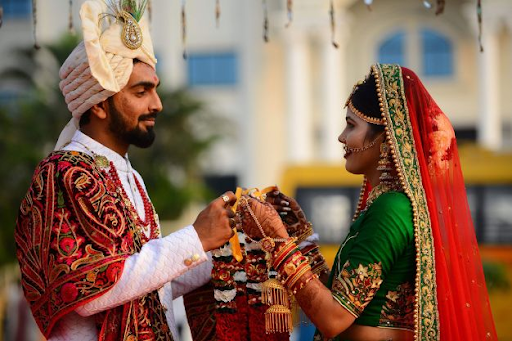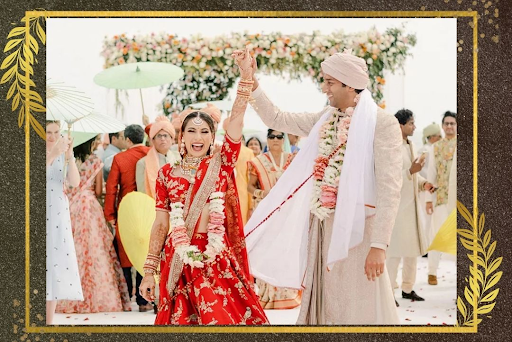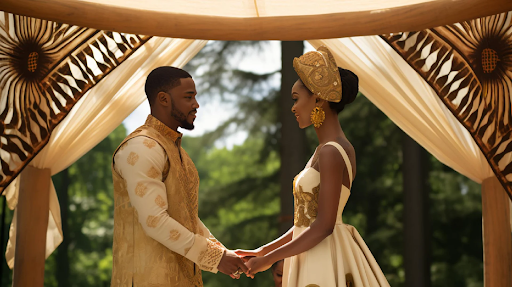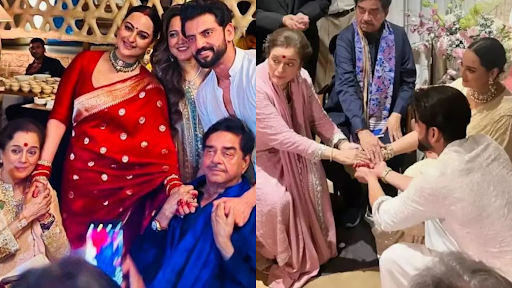Introduction
Marriage, throughout history and across cultures, has been more than just a union between two individuals. It is a significant event involving families, communities, and the broader society. This institution serves as a cornerstone of social structure and cultural continuity, reflecting deeply ingrained values and norms. We can gain a deeper understanding of marriage’s complex role by examining it from a historical and cross-cultural perspective and see how societies shape and are shaped by it.

In this blog, we explore the multifaceted role that communities play in the institution of matrimony, highlighting its importance in both traditional and modern contexts.
1. Social Validation and Support
Marriage, throughout history and across cultures, has been more than just a union between two individuals. It is a significant event involving families, communities, and the broader society. This institution serves as a cornerstone of social structure and cultural continuity, reflecting deeply ingrained values and norms. By examining marriage from a historical and cross-cultural perspective, we can better understand its multifaceted role and the ways it shapes, and is shaped by, the societies in which it exists.
2. Arranged marriages and community involvement
In many cultures, communities have historically been involved in arranging marriages. This practice goes beyond just matchmaking; it often includes considerations of family background, socio-economic status, and cultural compatibility. Community involvement ensures that marriages are not just about individuals but also about aligning families and preserving community norms and values.


3. Ceremonial and Ritualistic Functions
Marriage ceremonies are significant cultural events that bring communities together. Whether it’s a traditional wedding, religious ceremony, or a modern celebration, communities organize and participate in these rituals. These ceremonies symbolize not only the union of two individuals but also the unity of families and the community at large.
4. Cultural Transmission and Preservation
Marriage within a community serves as a means of cultural transmission. It preserves traditions, customs, and values from one generation to the next. Through marriages, communities ensure the continuity of their cultural heritage and pass down important rituals and practices that define their identity.
5. Support Network and Conflict Resolution
Communities have always played a vital role in supporting married couples, serving as a safety net of guidance, advice, and practical assistance during both the most joyous occasions and the most challenging times. This social network provides a sense of belonging and connection, which is essential for building strong and resilient marriages.
Communities can take many forms, including extended families, social circles, religious organizations, or cultural groups. Regardless of their structure or size, they share a common purpose: to nurture and strengthen the bond between spouses.
In times of celebration, communities come together to mark milestones such as weddings, anniversaries, and births. They offer congratulations, gifts, and well wishes, creating a sense of community and shared joy. In times of crisis, however, communities can also provide crucial support during difficult periods of conflict or turmoil.
When disagreements arise within a marriage, communities can play a vital role in mediation and conflict resolution. They can offer a neutral and objective perspective, drawing on shared values and norms to help couples find common ground. This may involve counseling sessions with community leaders or elders, group discussions with other couples facing similar challenges, or simply providing a listening ear and emotional support.
6. Economic and Practical Assistance
Practically, communities may offer assistance to newly married couples, such as housing, financial support, or employment opportunities. This support contributes to the stability and well-being of marriages, ensuring that couples have the resources they need to build a life together.

7. Evolution and Adaptation
While traditions surrounding marriage may evolve over time, communities play a crucial role in adapting these practices to fit contemporary realities. They balance the preservation of cultural values with the evolving needs and aspirations of individuals within their community. This adaptation ensures that the institution of matrimony remains relevant and meaningful in changing times.
Conclusion
In conclusion, the role of community in matrimony is profound and multifaceted. It provides social validation, supports cultural transmission, and offers practical assistance to couples embarking on married life. Whether through arranged marriages, ceremonial functions, or ongoing support networks, communities enrich the institution of marriage by weaving together individual relationships into the fabric of communal life. As we navigate the complexities of modern relationships, understanding and appreciating the role of community in matrimony helps us recognize its enduring significance in shaping our lives and societies.

